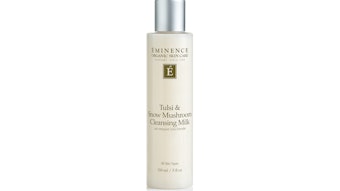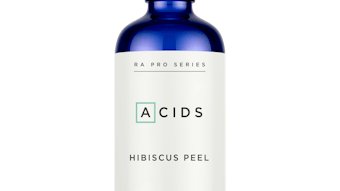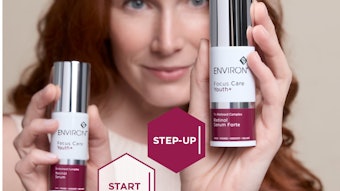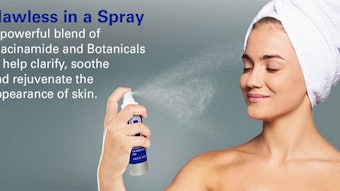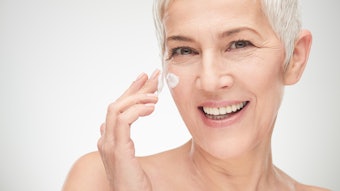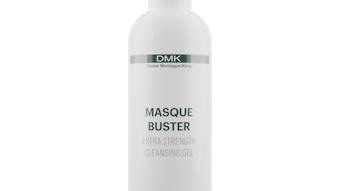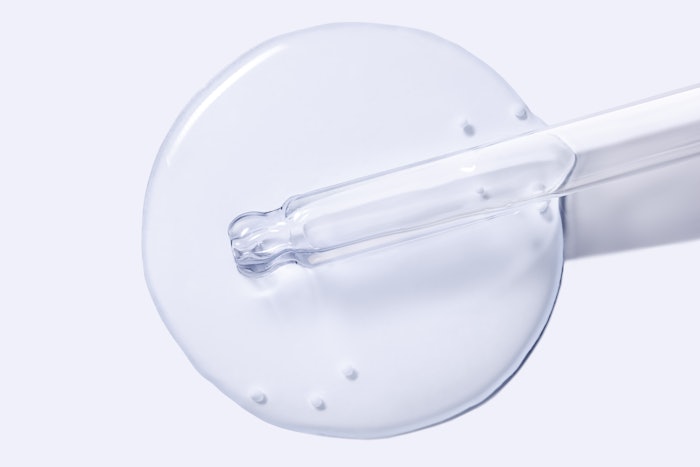
1. It's an emerging market in the Asia-Pacific region.
 The Asian-Pacific region's increase in disposable income means more people can afford to invest in preventative and prestige care.Image by dnai / Adobe Stock.
The Asian-Pacific region's increase in disposable income means more people can afford to invest in preventative and prestige care.Image by dnai / Adobe Stock.
While the North American and European markets are no strangers to azelaic acid, the further industrialization of the Asian-Pacific region has resulted in a growing middle class and larger awareness surrounding skin care. With the demand for azelaic acid expected to grow in the region, it's hard not to compare this market movement with another skindustry hot topic: K-beauty.
More and more in recent years, the Western markets have been looking to Asia for emerging trends, which tells me that azelaic acid isn't going anywhere for us, and we can expect to see further uses for it as the Asian cosmetic and personal care innovators have more opportunities to explore with it.
2. It's great for blemishes.
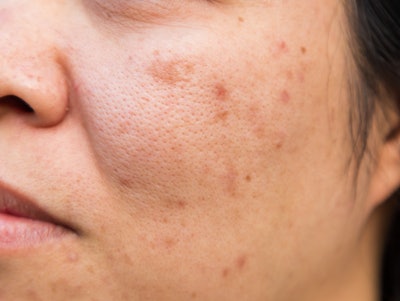 Azelaic acid targets acne-causing bacteria, unclogs pores and reduces inflammation.Image by Masato / Adobe Stock.
Azelaic acid targets acne-causing bacteria, unclogs pores and reduces inflammation.Image by Masato / Adobe Stock.
Long heralded for its ability to brighten and clarify skin, azelaic acid is most popular in the form of OTC creams, gels and serums for those with acne or hyperpigmentation, recontextualizing the ingredient from its traditional prescriptive uses, to being integrated seamlessly into targeted skin care regimens. Products like Good Molecules' 10% Azelaic Acid Treatment are even bringing the benefits directly to the consumer at major retailers like Ulta, for choice accessibility and affordability.
3. It may be a great alternative for ingredients facing regulatory hurdles.
 Ingredients that have a possible link to endocrine system disruptions, irritating fragrances and other harmful effects may start to disappear from the market as consumer standards for "clean" beauty climb.Image by Anastasiia / Adobe Stock.
Ingredients that have a possible link to endocrine system disruptions, irritating fragrances and other harmful effects may start to disappear from the market as consumer standards for "clean" beauty climb.Image by Anastasiia / Adobe Stock.
While salicylic acid is generally considered safe, it's historically faced some regulatory blowback in Europe due to its classification as a reprotoxic substance.
Azelaic acid can be a favorable alternative to those using salicylic acid to treat acne. Those who find salicylic acid irritating or drying may also find a suitable substitute in azelaic acid.
4. It can be costly to produce high-quality azelaic acid.
 Ethical and sustainable sourcing and equipment are only a couple of factors that can impact the cost of production.Image by Margo_Alexa / Adobe Stock.
Ethical and sustainable sourcing and equipment are only a couple of factors that can impact the cost of production.Image by Margo_Alexa / Adobe Stock.
Creating and purifying azelaic acid can be a costly process due to its complex nine-carbon structure. Additionally, its starting materials, like the oleic acid from vegetable oil, are subject to price fluctuations. Older production methods can also be quite energy-consuming, and the specialized equipment required to produce azelaic acid can also drive up costs.
Luckily, the boom of biotech in being able to sustainably produce azelaic acid and the rising demand for it are working together to try and lower the cost of production, as well as the final price for consumers.
5. Azelaic acid is great for consumers seeking "clean beauty."
 Azelaic acid can be found in grain, skin yeast and can be synthesized in a lab.Image by Pavel / Adobe Stock.
Azelaic acid can be found in grain, skin yeast and can be synthesized in a lab.Image by Pavel / Adobe Stock.
Azelaic acid and its grain-based origins is a versatile offering in the market in terms of meeting consumers' growing demand for natural, sustainable and non-toxic ingredients.

